Caveat lectorem: When readers submit comments, they are asked if they want to receive an email alert with a link to new postings on this blog. A number of people have said they do. Thank you. The link is created the moment a posting goes online. Readers who find their way here through that link can see an updated version by simply clicking on the headline above the posting.
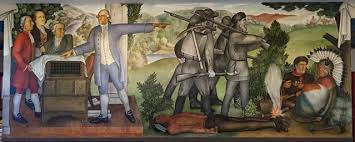
Washington High’s mural showing George Washington beside a dead American Indian.
In an April posting about Inverness artist Igor Sazevich’s new memoir, Time in My Coffee, I noted that 83 years ago Igor’s father, Zygmund, helped artist Victor Arnautoff create the mural at Washington High that San Francisco school leaders have decided to cover over or obliterate. The mural shows George Washington standing over a dead American Indian and includes Washington’s black slaves.
School leaders believe showing the cruelty is offensive to native Americans and blacks. I criticized the proposed removal and quoted a San Francisco Chronicle editorial: “The paintings should stay for several important reasons. They’re hardly a one-sided glorification of the past. Instead they underline the harsh treatment of Indians and slaves. To miss this shot at the Founding Fathers era is to miss the subversive message by muralist Victor Arnautoff, a noted Depression-era leftist.”
Unfortunately, for thousands of years there always have been people ready to destroy the art of past eras on grounds the subject matter isn’t proper for their own era.
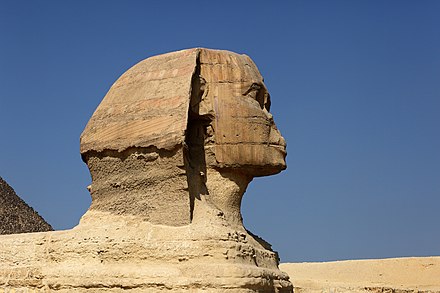
The Great Sphinx at Gaza, Egypt, was carved around 2,500 B.C. and survived mostly intact until 1378 A.D. when a Sufi Muslim named Muhammad Sa’im al-Dahr destroyed the nose.
By some accounts, Egyptian peasants had been making offerings to the Great Sphinx in hopes of controlling the flood cycle in order to have a successful harvest. Outraged by this blatant show of devotion to a god other than Allah, Sa’im al-Dahr destroyed the nose and was later executed for vandalism.
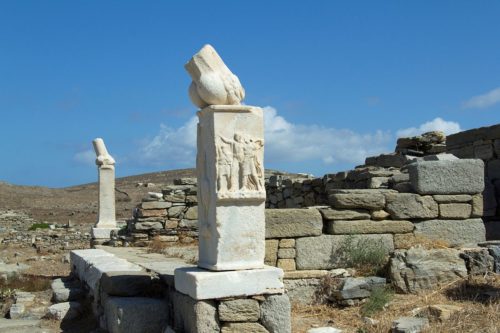
In the 6th century BC, ancient Greeks erected numerous phallic statues around a temple to the god Dionysus on the island of Delos. The statues survived intact for almost eight centuries until Victorian era explorers found the marble erections and broke them off as indecent.
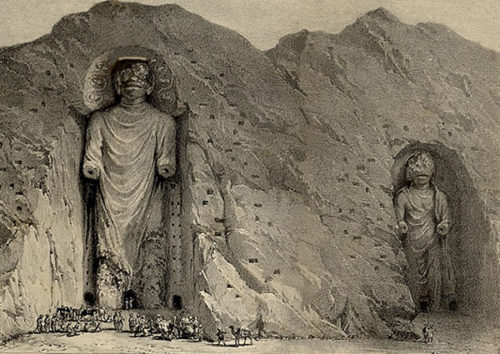
Another crushing blow to cultural history occurred in March 2001 in Afghanistan. Two giant statues known as the Buddhas of Bamiyan were destroyed by the Taliban, on grounds they were “anti-Islamic.”
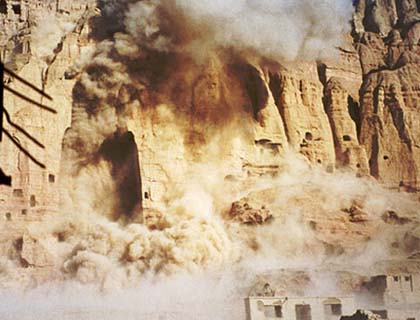
The two Buddhas, which were dynamited, dated back to 544 A.D. and stood 180 feet and 120 feet tall in a religious site. They were carved directly into a cliff and were the largest Buddhist statues in the world.
If Washington High’s murals are painted over, perhaps they can be replaced with a picture of a Buddha blowing up. This would demonstrate that San Francisco Unified School District’s censorship is in line with international practices.
